Crossing the three dynasties of the Yuan and Qing Dynasties, visiting ancient in Chaoyang District, Beijing, don’t miss these two free parks
Author:Yiwei Travel Time:2022.09.25
The Chaoyang, which was officially established after the beginning of the liberation, was one of the six districts of the main city of Beijing, and the most dynamic district in the capital. The permanent population ranks first in each district. To the first. Traveling to Beijing, it is difficult to bypass Chaoyang District regardless of business activities and vacation and leisure. Chaoyang District has abundant tourism resources, but it is slightly lacking in one aspect, that is, the cultural attractions with deep historical heritage.
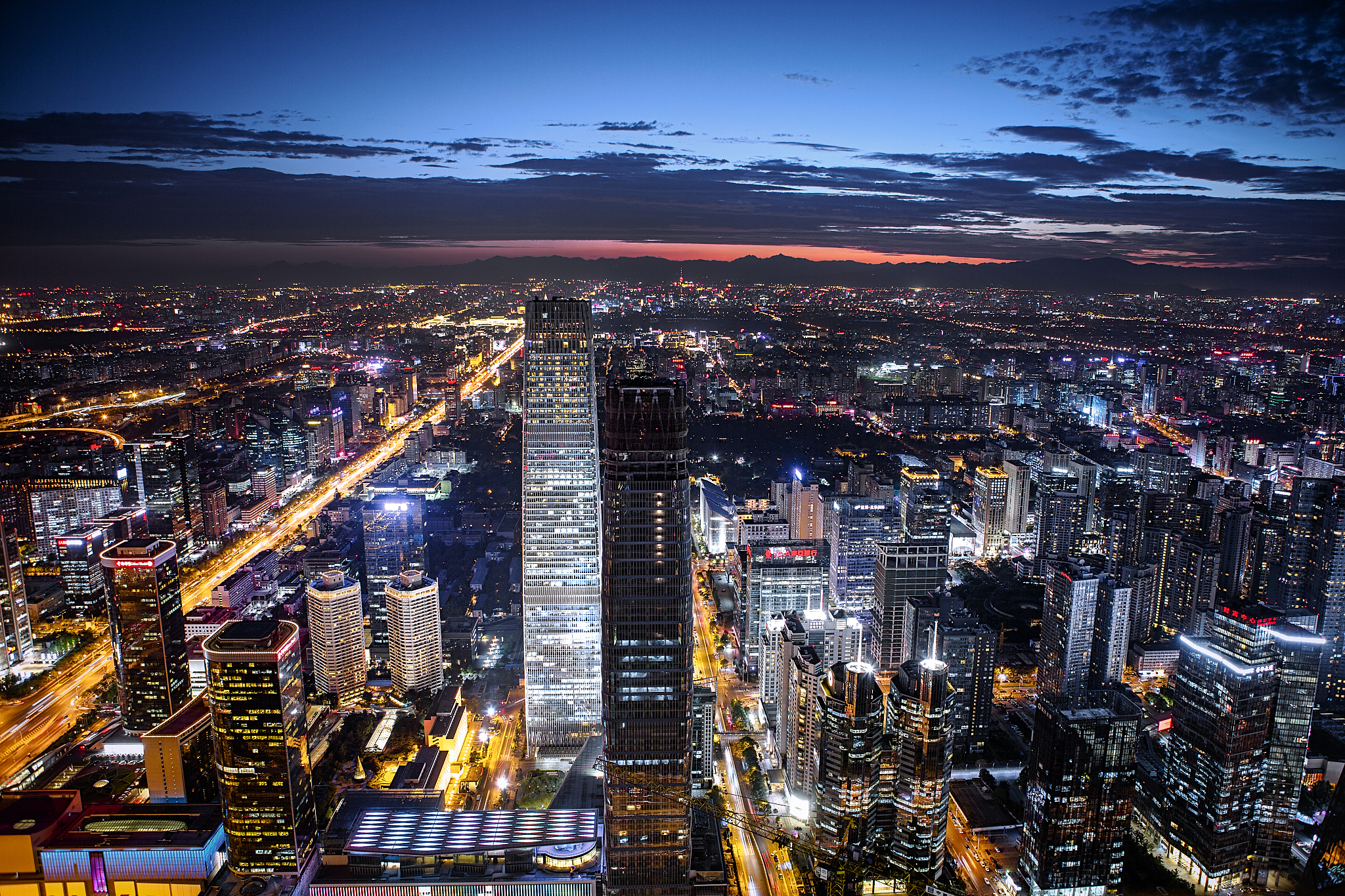

Among the six districts of the Capital City, the east and west areas are almost coincided with the Ming and Qing imperial city. The most royal heritage on the axis of the traditional city of Beijing, including the Forbidden City; the Royal Gardens and other royal gardens developed in the Qing Dynasty are mostly located in Haidian. Many universities campus was originally part of these gardens; Fengtai has modern historical relics related to Wanping City, such as Luogouqiao, and there are eight major places such as Temple and other temple scenic spots in Shijingshan. There are only few historical relics that have left the sun so far.
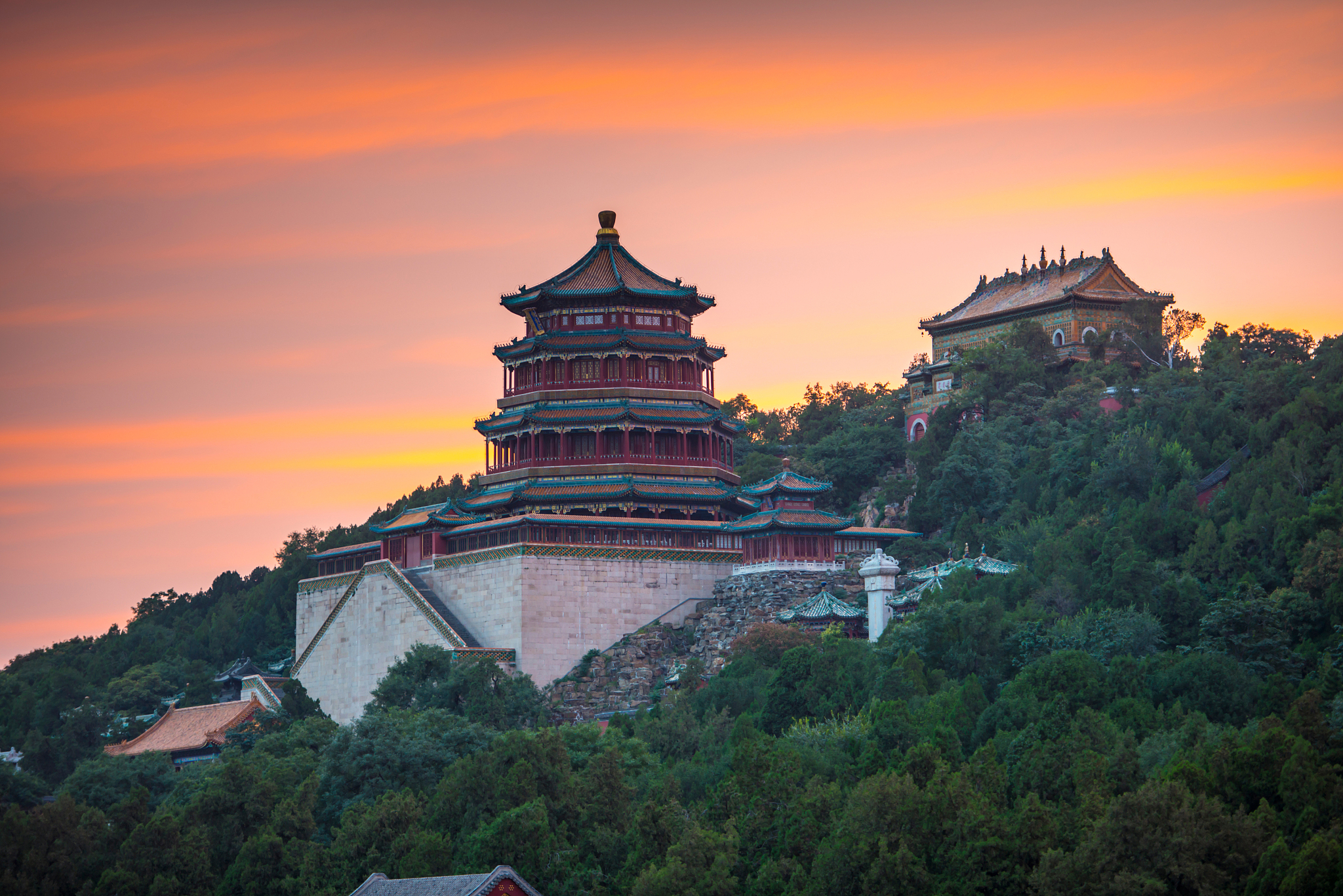
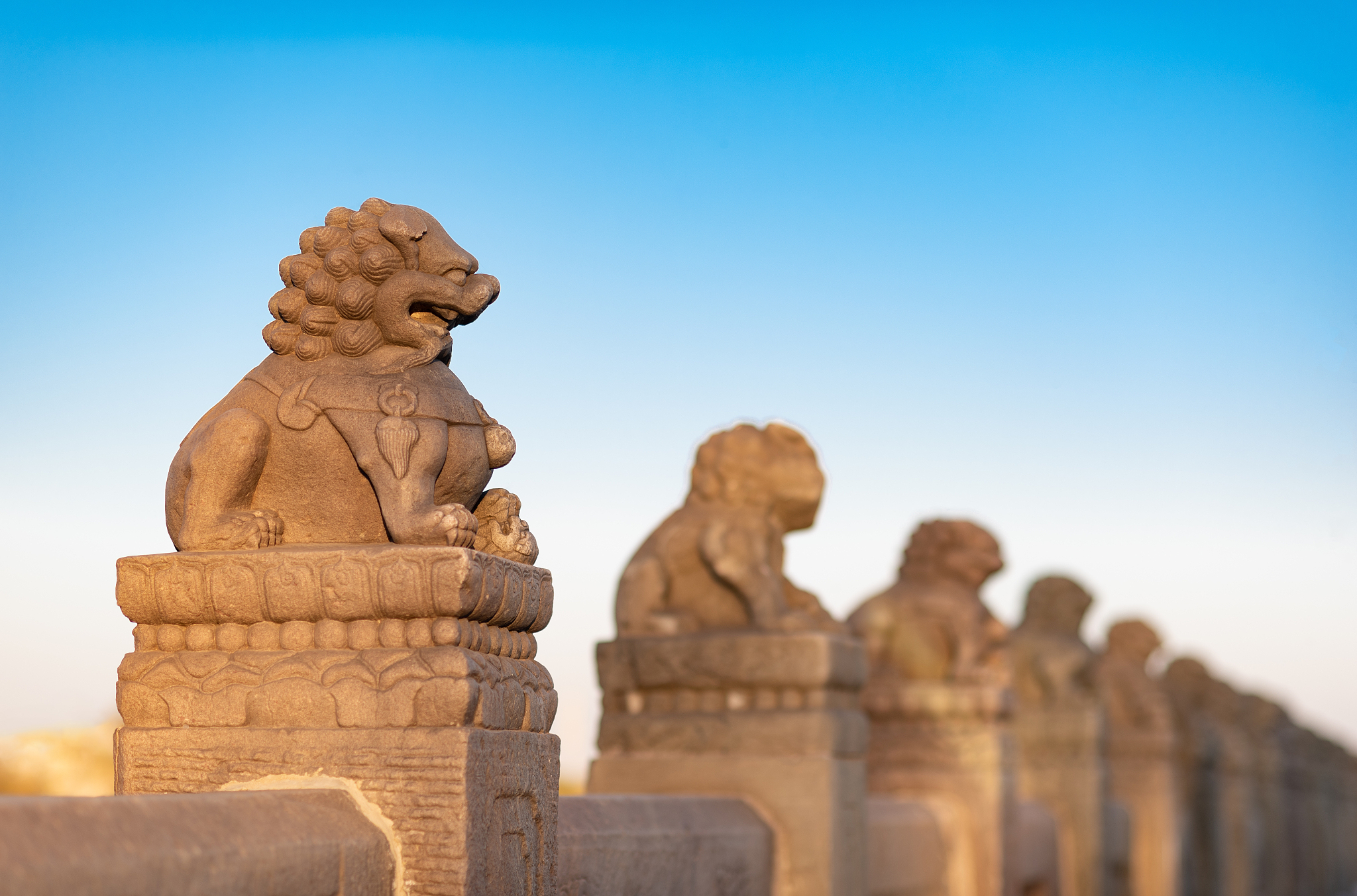
In fact, there are some historical and cultural relics in Chaoyang District in history. Although it is impossible to comparable to the Royal Heritage of the Forbidden City, it also has its own charm. For example, there is a Kowloon Mountain between West Dawang Road and Baizi Bay today. The high is only about a few feet, and the rising sun in Malingchuan is the highest point. According to legend, there is a Guanyin Pavilion on the Jiulong Mountain, but in the late Qing Dynasty and the early Republic of China, they were dismantled and flattened together. Now there is only one name of Jiulong Mountain Metro Station.
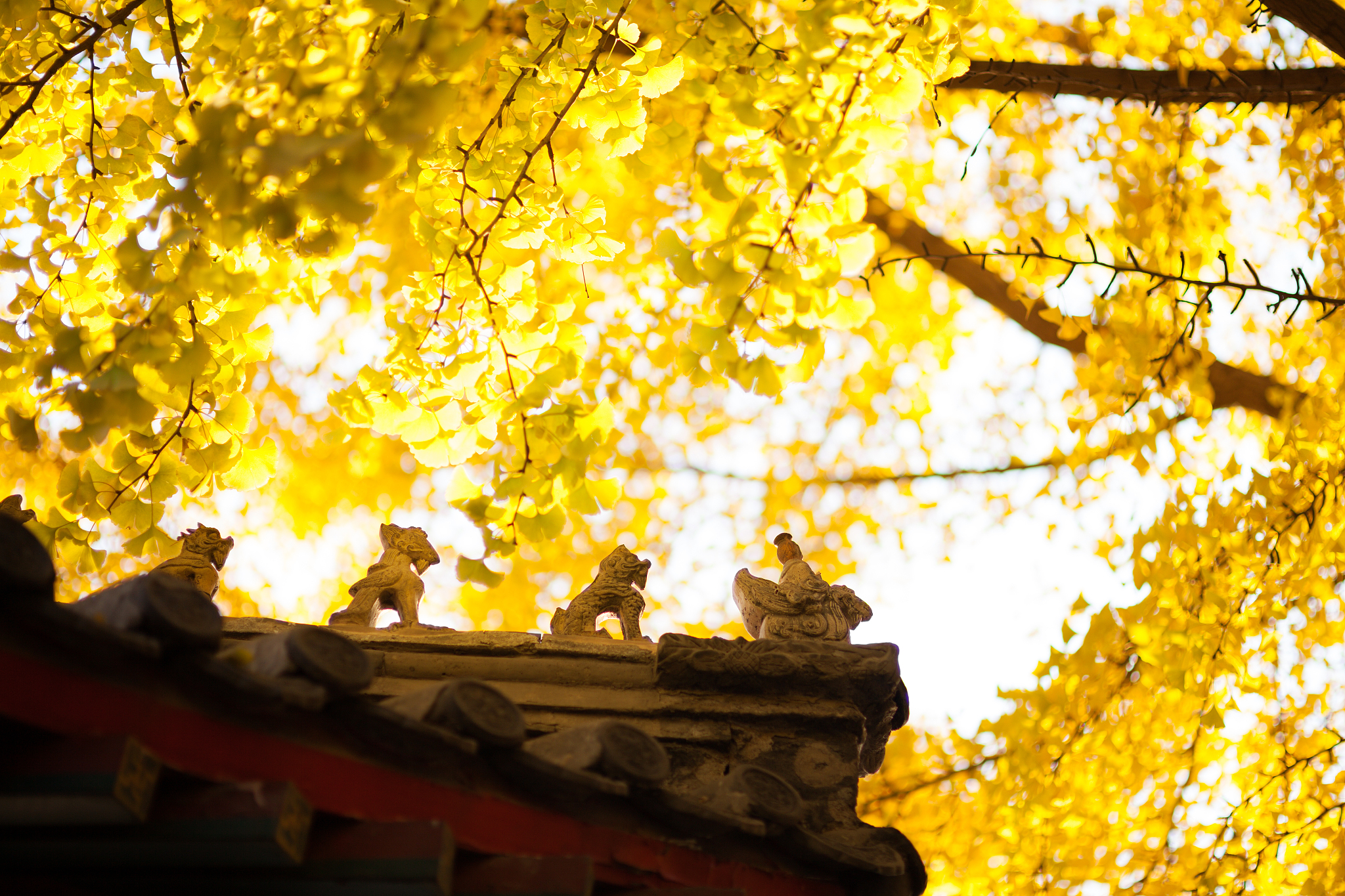
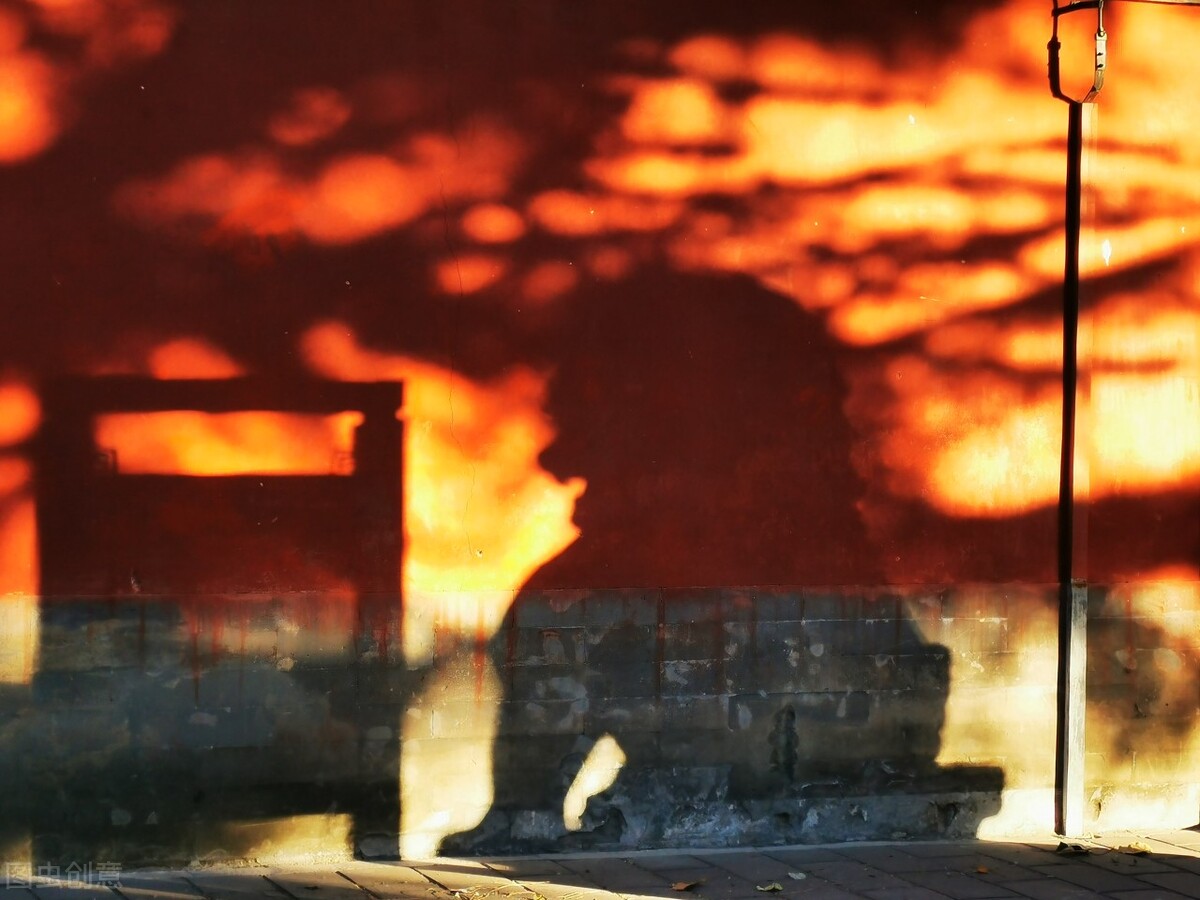
Not much gossip, in the most modern Chaoyang District in Beijing today, there are actually three places to visit Gu Siyou, one is related to the predecessor of Beijing, the other, and the other is part of the Royal Heritage. The Taoist temples belonging to the people are the Yuanda metropolitan, the daily pear and the Dongyue Temple. The first two are free visits parks, and the latter part of the Beijing Folk Museum is one of the two attractions. It is also the most time to visit.

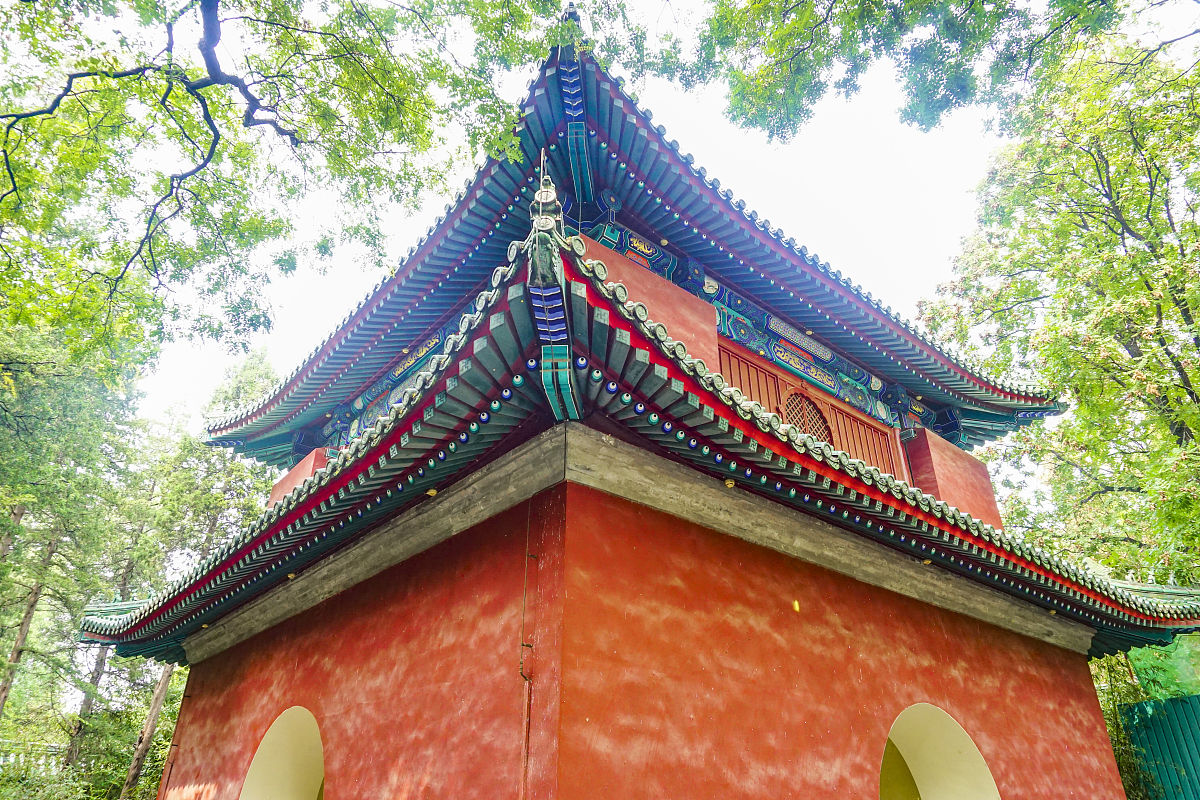
Yuan Dadu Chengyuan Site Park
Yuan Dadu is the capital of the Yuan Dynasty, and the Yuan Dynasty was the beginning of the capital of Beijing as the capital of the University of China. After Kublai Khan moved the capital from the top to the metropolis in 1267, the Beijing City was re -planned and constructed on the basis of Jinzhong. Although the city and the palace are different from the Beijing imperial city now, The initial pattern of Beijing City. After Zhu Xi built the Zizi forbidden City in Beijing, most of the original walls of Yuan Dadu were abandoned, and the city wall of Beitu Road may be one of the only sites.


The east and west of the Yuan Dadu City is nearly five kilometers long. From the east of Jiande Bridge to the Beijing -Chengcheng Expressway, it spans the two districts of Chaoyang and Haidian. The north -south wide is only about 200 meters. After the overall transformation, the first and first nation's first in Beijing. In this largest urban belt park in Beijing, there are green spaces on both sides of the Xiaoyue River of the moat, and the green space is embellished with pavilion flowers and the largest outdoor carving works in Beijing. All kinds of begonia trees are planted in the park. The Begonia Festival in April each year is the most lively time here.
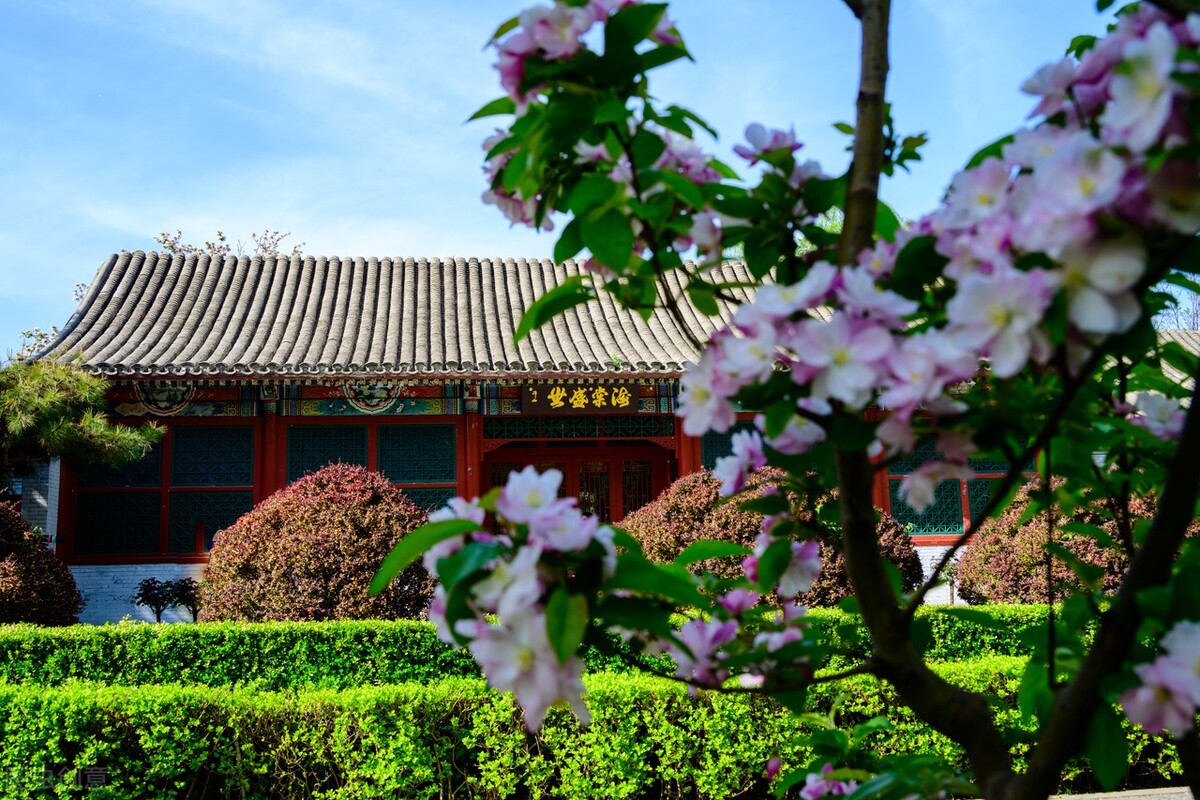
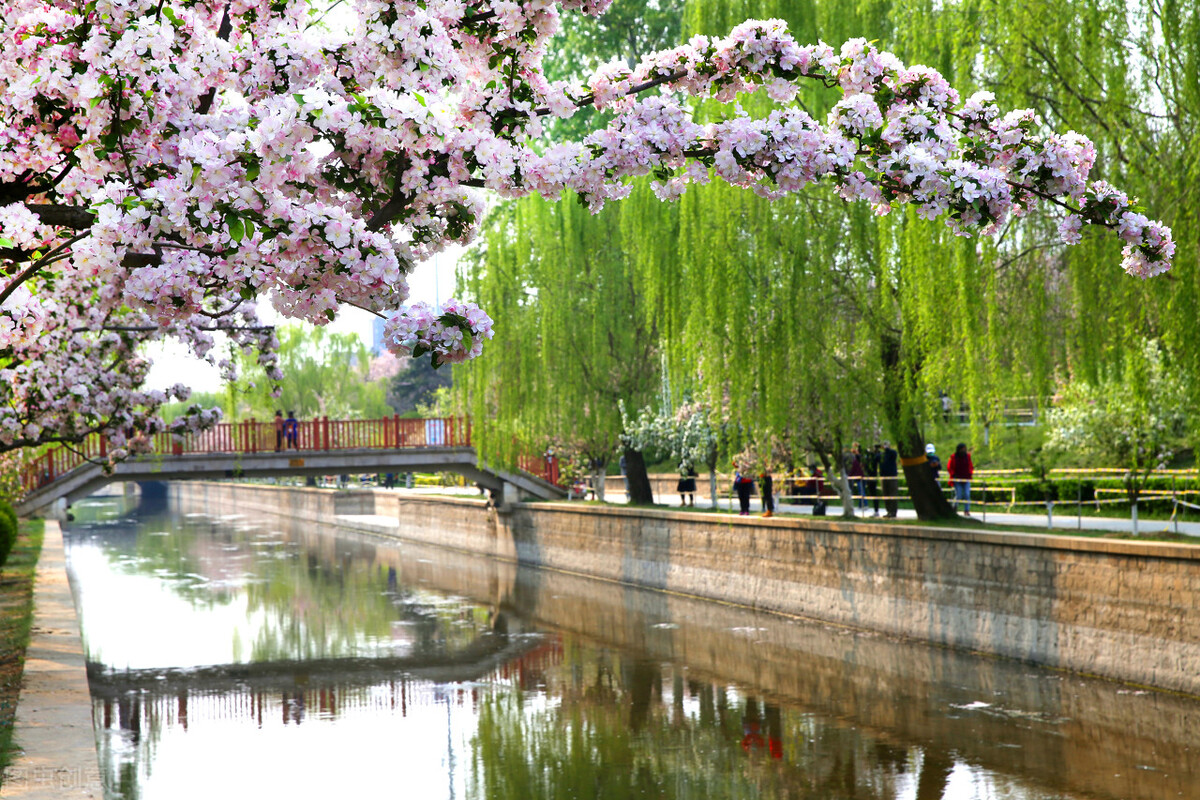
Dawn park
The altar temple was an important place for the emperor of the ancient "being ordered to heaven" to perform the sacrifice activities. In addition to the Taimiao and Social altar in the south of the Forbidden City, there are five altars in Beijing. North and south, the first agricultural altar is biased in the southwest. In the five altars, the heavenly altar, the altar, the sun and the Moon altar are the place where the sun and the moon and the Xingjuku are sacrificed by the heaven and the earth, and the first agricultural altar is the place where the first farmers and the gods are held. Only the daytime.

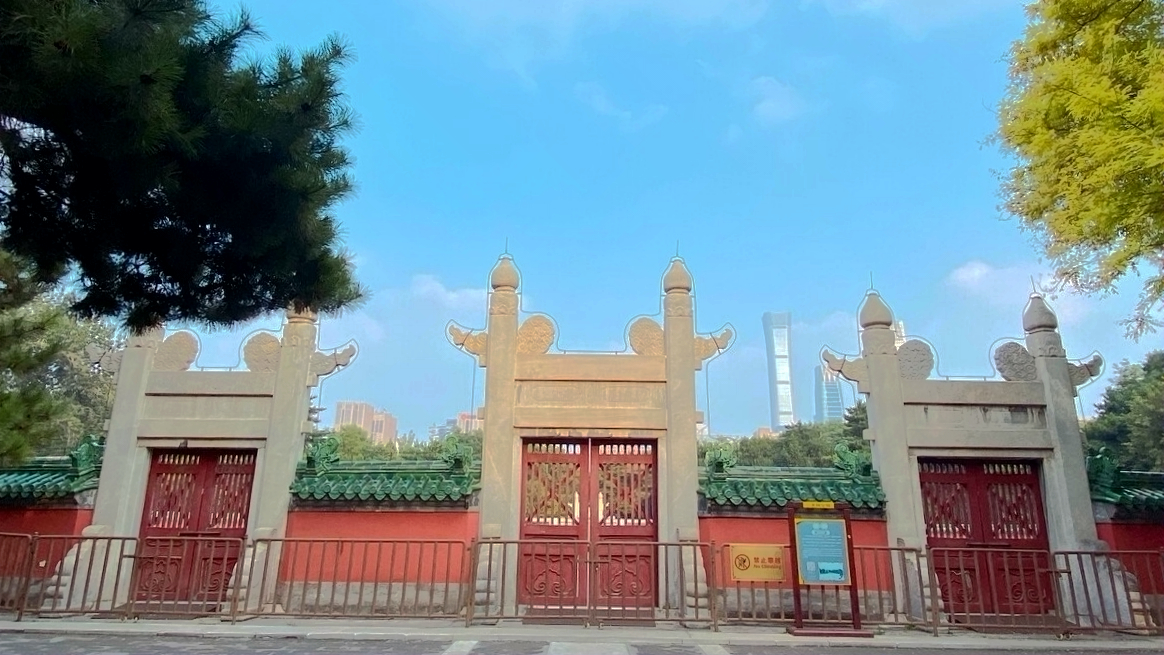
Founded in the nine years of Jiajing of the Ming Dynasty, it gradually deserted after being severely damaged in the late Qing Dynasty and the beginning of the Republic of China. After the recurrence of 1969, it became open to the outside world. The Japanese altar is the only free and open attraction in the Five Altars. Entering the nearly square park in the north of Guanghua Road, the north is the altar of the altar and the sacrifice of the day, the Guanfu Hall, and the Shenku Shenku. Gazebos and children's playgrounds. Every year, the Spring Equins Cultural Festival is held and the Qing Dynasty sacrifice is held. The lotus flowers in the summer are cool. The golden ginkgo in autumn spreads from the park to the embassy area outside the park.
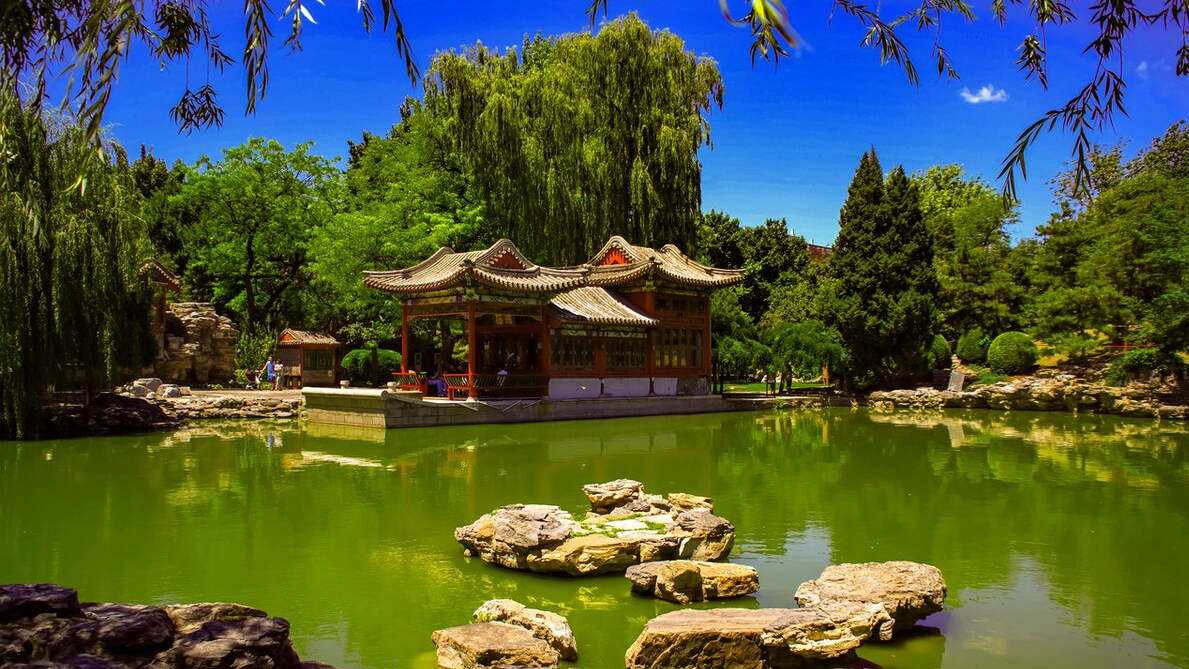

Most of the time, these two historical sites in Chaoyang District did not have too many foreign tourists. Perhaps because of free, maybe there are not many highlights. So there are not many tourists in Dongyue Temple in Chaoyang District? Please pay attention to the articles behind me.
#Chaoyang District#
- END -
[Shanghai Public Security Research] A targeted elimination of risks, focusing on purifying the environment

There are many residential areas in Xule RoadThe community has a large population ...
One thing that is super important in love
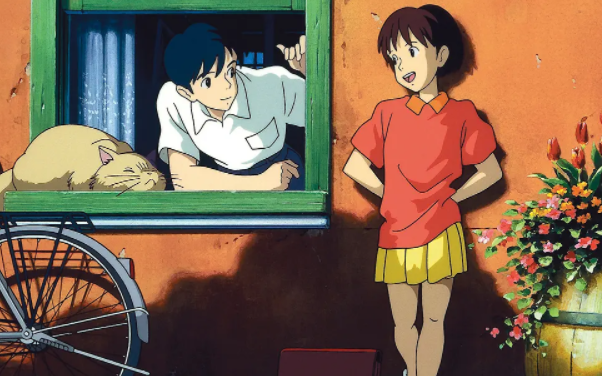
This Dragon Boat Festival was a bit uncomfortable, because the epidemic did not tr...